Minor Rose hair salon in NYC uses mirrors, minimalism and metal
Architecture studio Also Office creates a perfectly formed jewel-box interior for the new Minor Rose hair salon in Gramercy Park, New York
David Mitchell - Photography
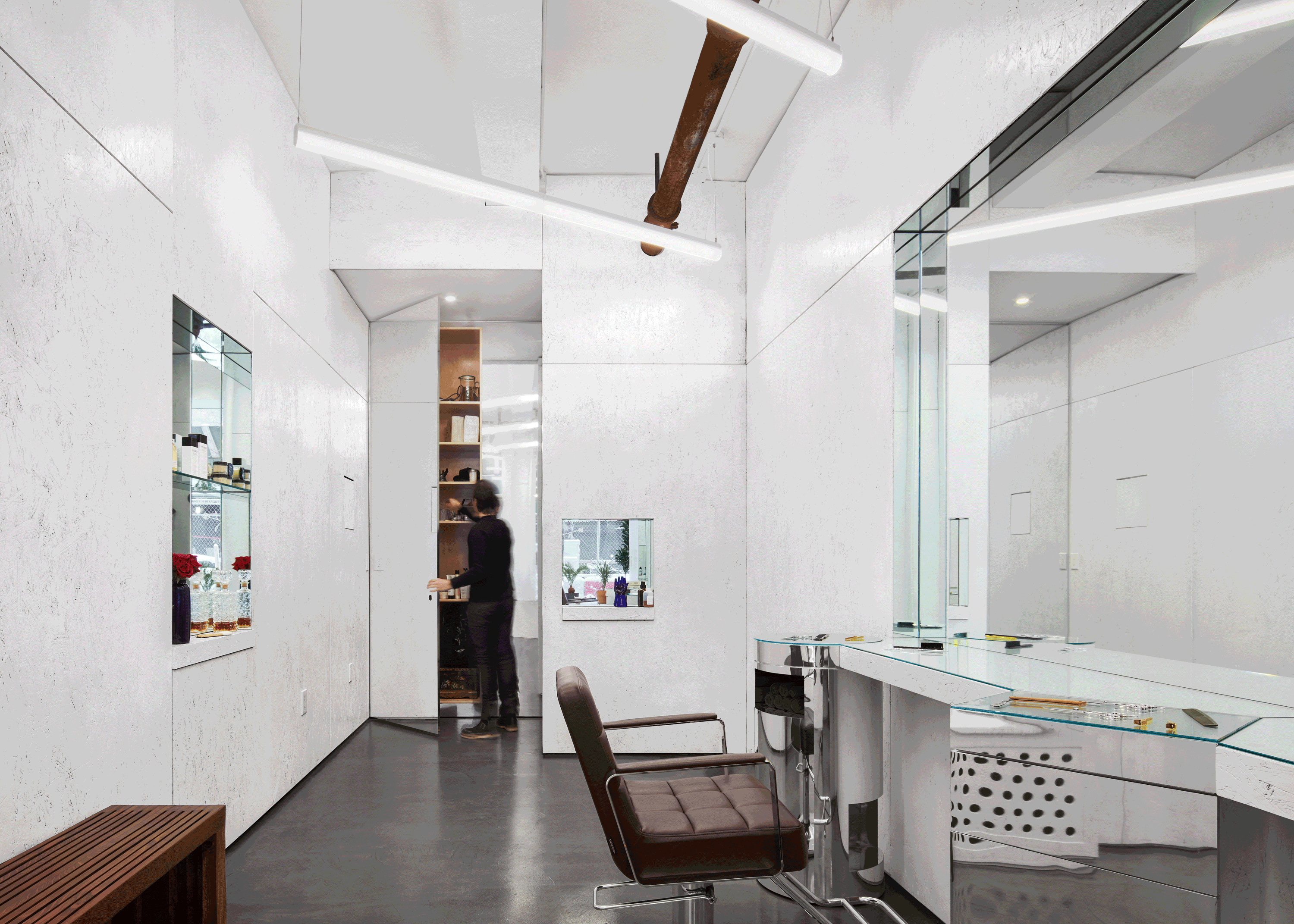
Often, great things come in small packages, and this new hair salon interior in New York's chic Gramercy Park neighbourhood is a case in point. Named Minor Rose, the space was designed by Evan Erlebacher of Brooklyn-based architecture studio Also Office. The project, for hairstylist Bradley Scott Rosen, was conceived as a boutique, perfectly detailed interior that is at once fit for purpose and aesthetically sharp.
The business expected to host a maximum of two people at any time – the stylist and the client – so the interior, a two-chair salon, was created as an ‘intimate' space, explains Erlebacher. ‘As basic forms of social intimacy are renegotiated [with the pandemic], the salon can be a sanctuary for human connection,' adds Rosen. ‘I wanted a space that acts as a silent collaborator: a frame that augments the work that is done behind the chair.'
Even though small in scale, the project didn't come without its challenges. ‘The main challenge here was a combination of working with a small space, under a tight schedule, with affordability in mind, in the summer of 2020 when both the construction and service industries were at a standstill,' says Erlebacher, who leads the young, boutique studio. He has tackled everything from residential, to retail and commercial work in the past, and currently has residential and art projects in the pipeline.

‘To enlarge the appearance of the interior, we punctuated the walls with mirrored, architectural niches to reflect and multiply the space beyond its modest footprint,' he continues. ‘Using mirrors was a natural choice for the salon, which is all about the experience of looking from different perspectives – both for Bradley and his clients. We wanted the design of the salon to be elemental so that it created a simple frame for that relationship.'
The choice of materials was important to achieve this. The design cleverly uses mirrors, polished aluminum, concrete, and oriented strand board (OSB) to orchestrate a neat, uncluttered space that conceals all the chaotic functions of a hair salon. There are two custom-made, rolling workstations clad in aluminium that give what could have been just a simple storage solution a monolithic, sculptural quality. Rosen was open to ideas: ‘I wanted the space to function as a hair salon without necessarily looking or feeling like one.'
Clean and minimalist here doesn't equate to sterile, nor does it mean that form overshadows function. ‘We coaxed additional texture out of the OSB wall panels by using two contrasting layers of dark and light paint to create a fine grained background,' says Erlebacher. ‘The overall intention for the salon was to be as fundamental, even abstracted, as possible, so that everything in it felt essential and considered.'

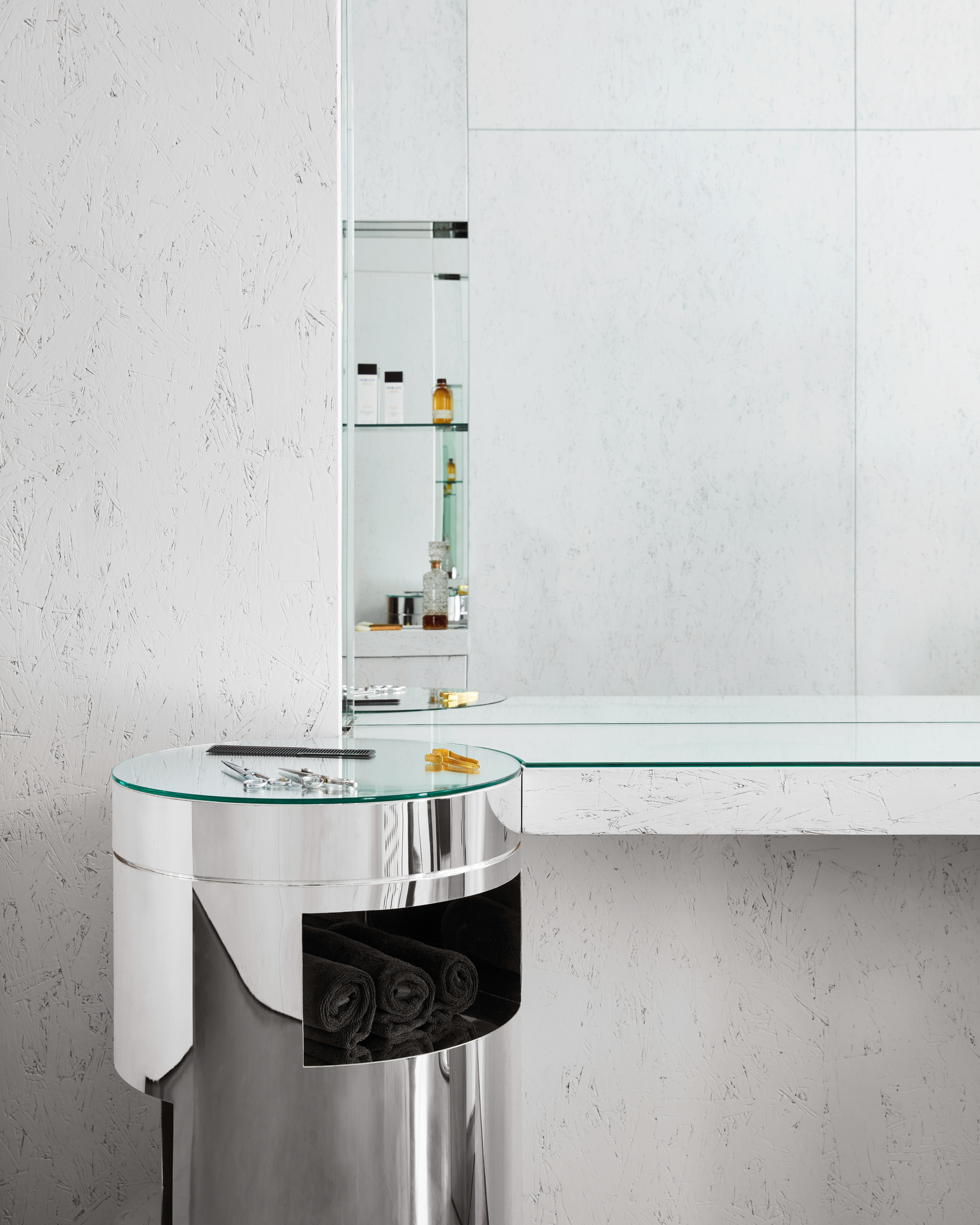

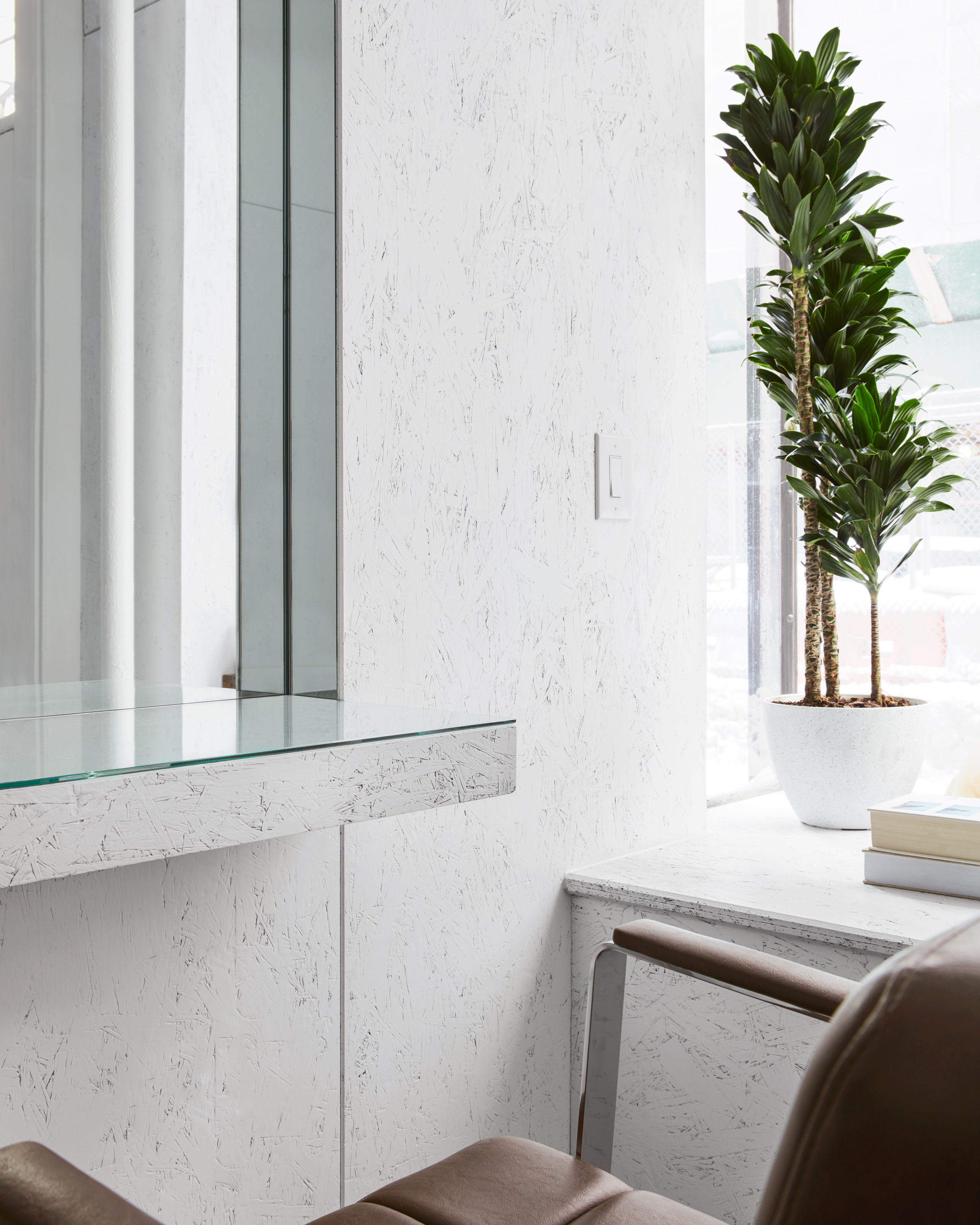
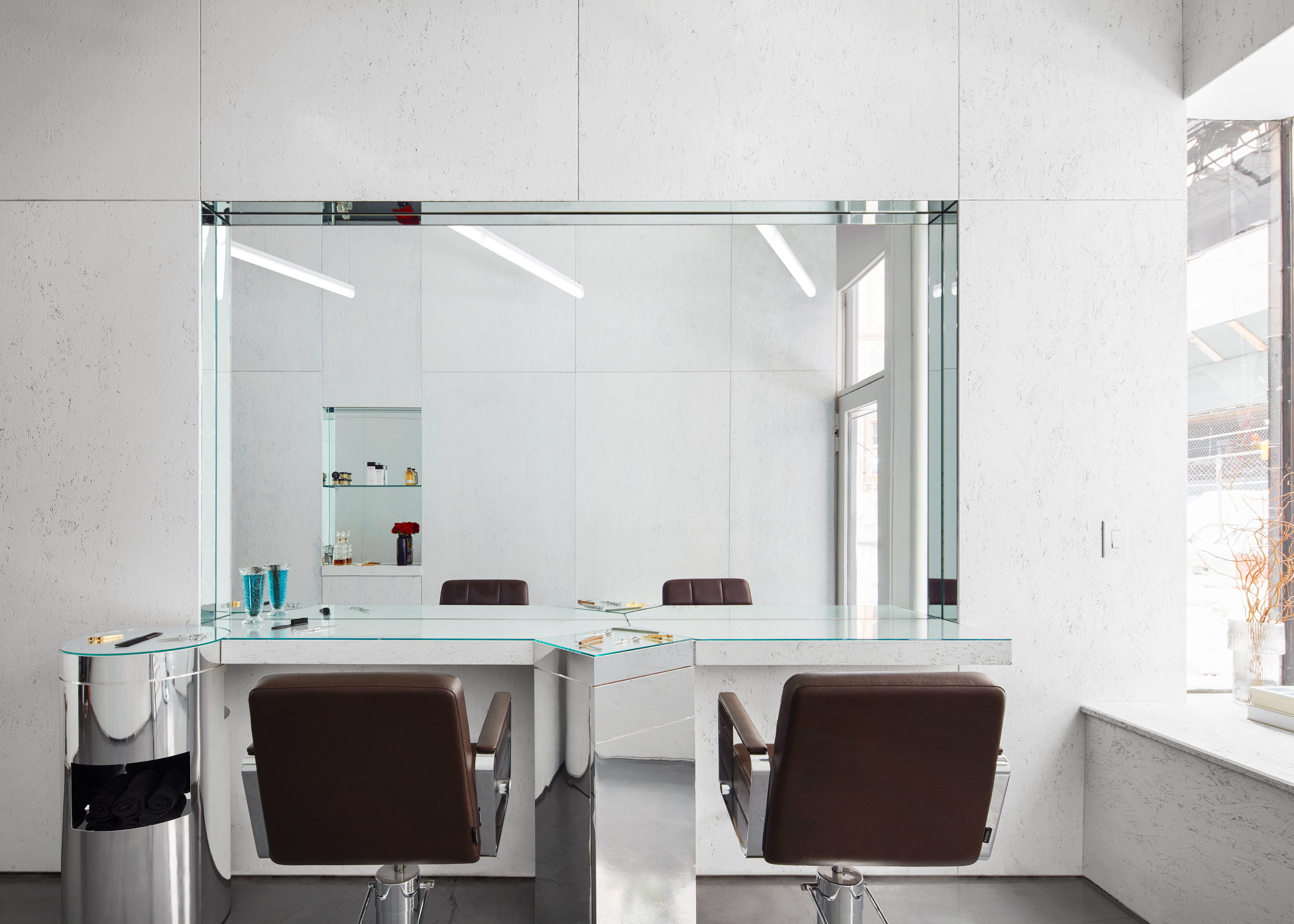
INFORMATION
Receive our daily digest of inspiration, escapism and design stories from around the world direct to your inbox.
Ellie Stathaki is the Architecture & Environment Director at Wallpaper*. She trained as an architect at the Aristotle University of Thessaloniki in Greece and studied architectural history at the Bartlett in London. Now an established journalist, she has been a member of the Wallpaper* team since 2006, visiting buildings across the globe and interviewing leading architects such as Tadao Ando and Rem Koolhaas. Ellie has also taken part in judging panels, moderated events, curated shows and contributed in books, such as The Contemporary House (Thames & Hudson, 2018), Glenn Sestig Architecture Diary (2020) and House London (2022).
-
 Year in review: the shape of mobility to come in our list of the top 10 concept cars of 2025
Year in review: the shape of mobility to come in our list of the top 10 concept cars of 2025Concept cars remain hugely popular ways to stoke interest in innovation and future forms. Here are our ten best conceptual visions from 2025
-
 These Guadalajara architects mix modernism with traditional local materials and craft
These Guadalajara architects mix modernism with traditional local materials and craftGuadalajara architects Laura Barba and Luis Aurelio of Barbapiña Arquitectos design drawing on the past to imagine the future
-
 Robert Therrien's largest-ever museum show in Los Angeles is enduringly appealing
Robert Therrien's largest-ever museum show in Los Angeles is enduringly appealing'This is a Story' at The Broad unites 120 of Robert Therrien's sculptures, paintings and works on paper
-
 Eclectic and colourful, Charlie Ferrer’s home reflects the interior designer’s personal and professional evolution
Eclectic and colourful, Charlie Ferrer’s home reflects the interior designer’s personal and professional evolutionThe New York interior designer invites us into his new Greenwich Village home: come on in
-
 A breathtaking exhibition celebrating modernism’s transatlantic ties soars above Manhattan
A breathtaking exhibition celebrating modernism’s transatlantic ties soars above ManhattanCurated by interior designer Andre Mellone, 'Crossed Trajectories' at Galerie Gabriel's penthouse explores connections between nomadic post-war creatives Jean Royère, Roberto Platé and more
-
 Kohler unveils ‘Pearlized’, an iridescent new bathroom finish with an under-the-sea backstory
Kohler unveils ‘Pearlized’, an iridescent new bathroom finish with an under-the-sea backstoryArtist David Franklin was inspired by glimmering fish scales and sunsets for this mesmerising debut
-
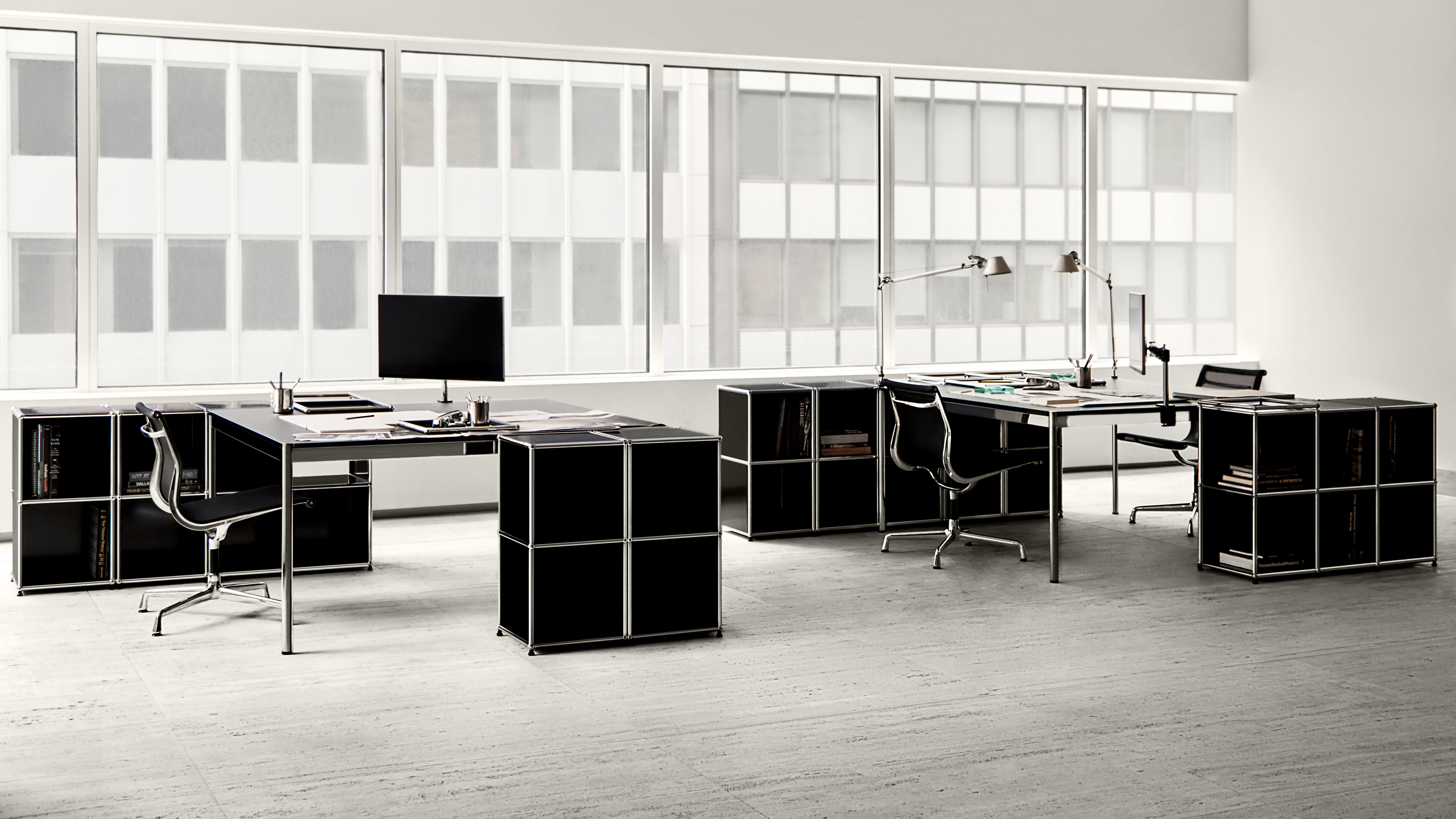 USM and Alexander May Studio present a monochrome meditation on the modern workspace
USM and Alexander May Studio present a monochrome meditation on the modern workspaceThese six flexible workspaces ‘encourage clarity of thought, calm, and self-definition’, says New York designer Alexander May of his partnership with the modular furniture brand
-
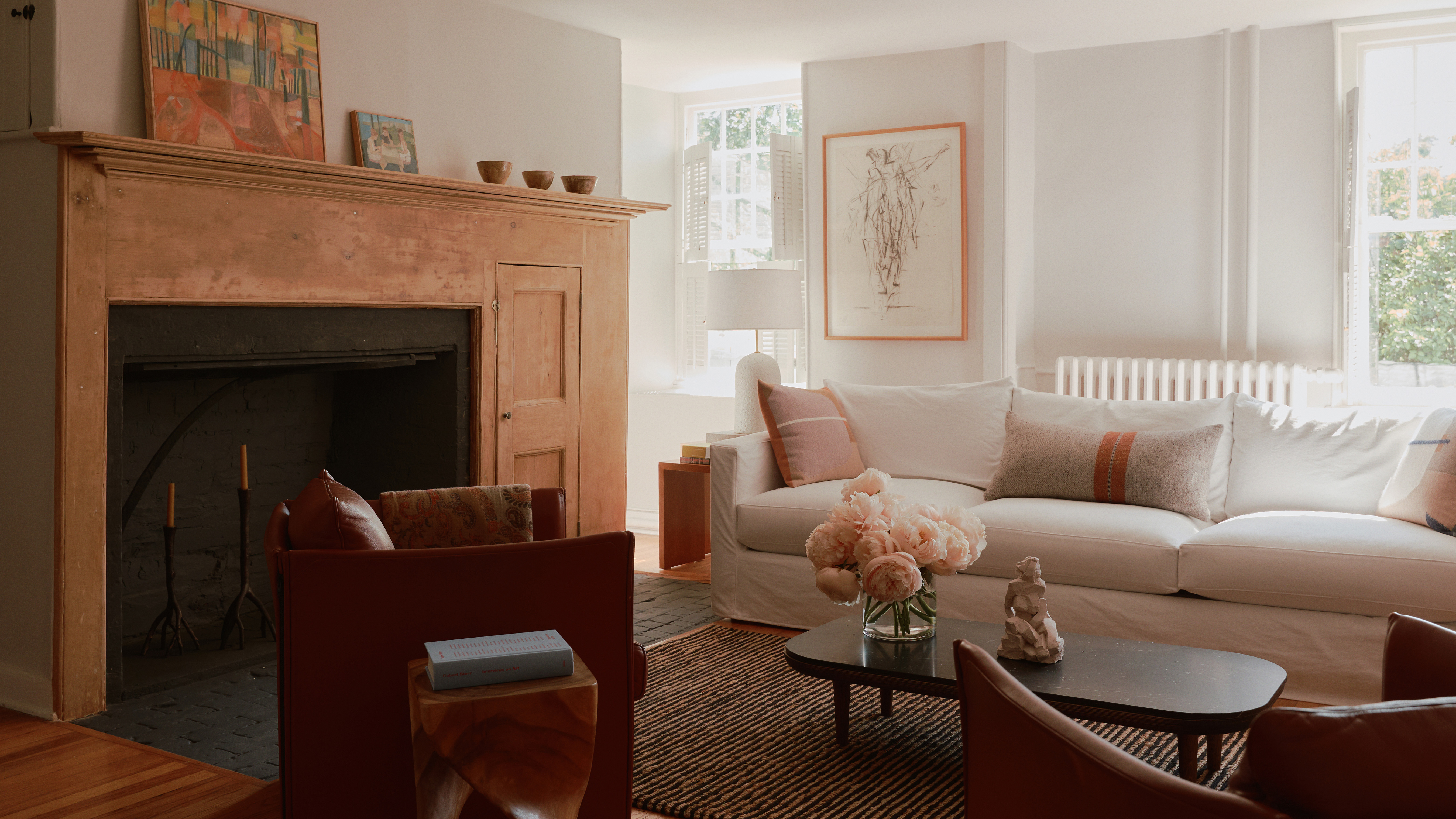 Once overrun with florals, this old Hudson farmhouse is now a sprawling live-work artist’s retreat
Once overrun with florals, this old Hudson farmhouse is now a sprawling live-work artist’s retreatBuilt in the 1700s, this Hudson home has been updated into a vast creative compound for a creative, yet still exudes the ‘unbuttoned’ warmth of its first life as a flower farm
-
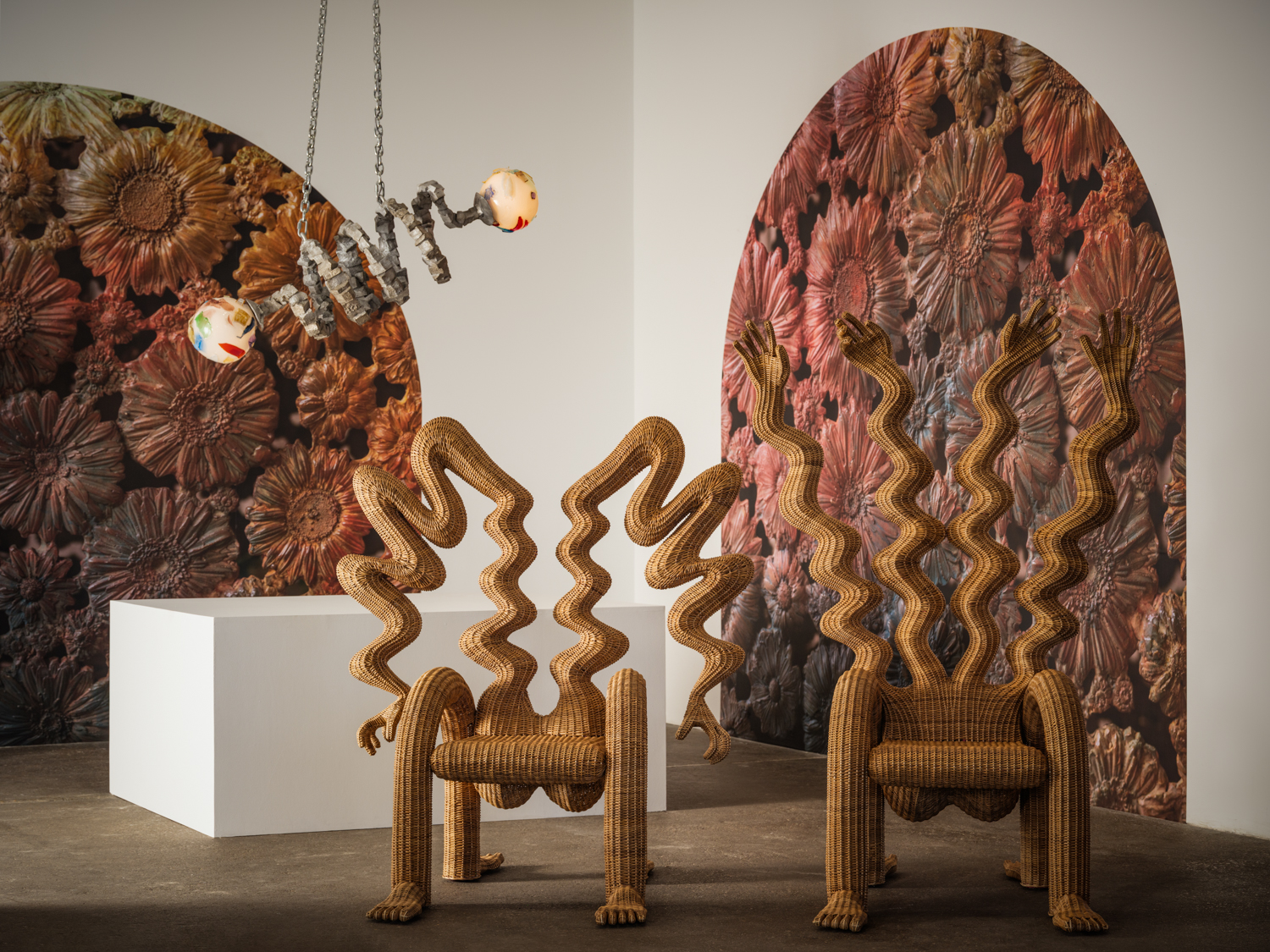 Chris Wolston’s first-ever museum show bursts with surreal forms and psychedelic energy
Chris Wolston’s first-ever museum show bursts with surreal forms and psychedelic energy‘Profile in Ecstasy,’ opening at Dallas Contemporary on 7 November, merges postmodern objects with Colombian craft techniques
-
 How an Austin home went from 'Texan Tuscan' to a lush, layered escape inspired by the Alhambra
How an Austin home went from 'Texan Tuscan' to a lush, layered escape inspired by the AlhambraThe intellectually curious owners of this Texas home commissioned an eclectic interior – a true ‘cabinet of curiosities’ layered with trinkets and curios
-
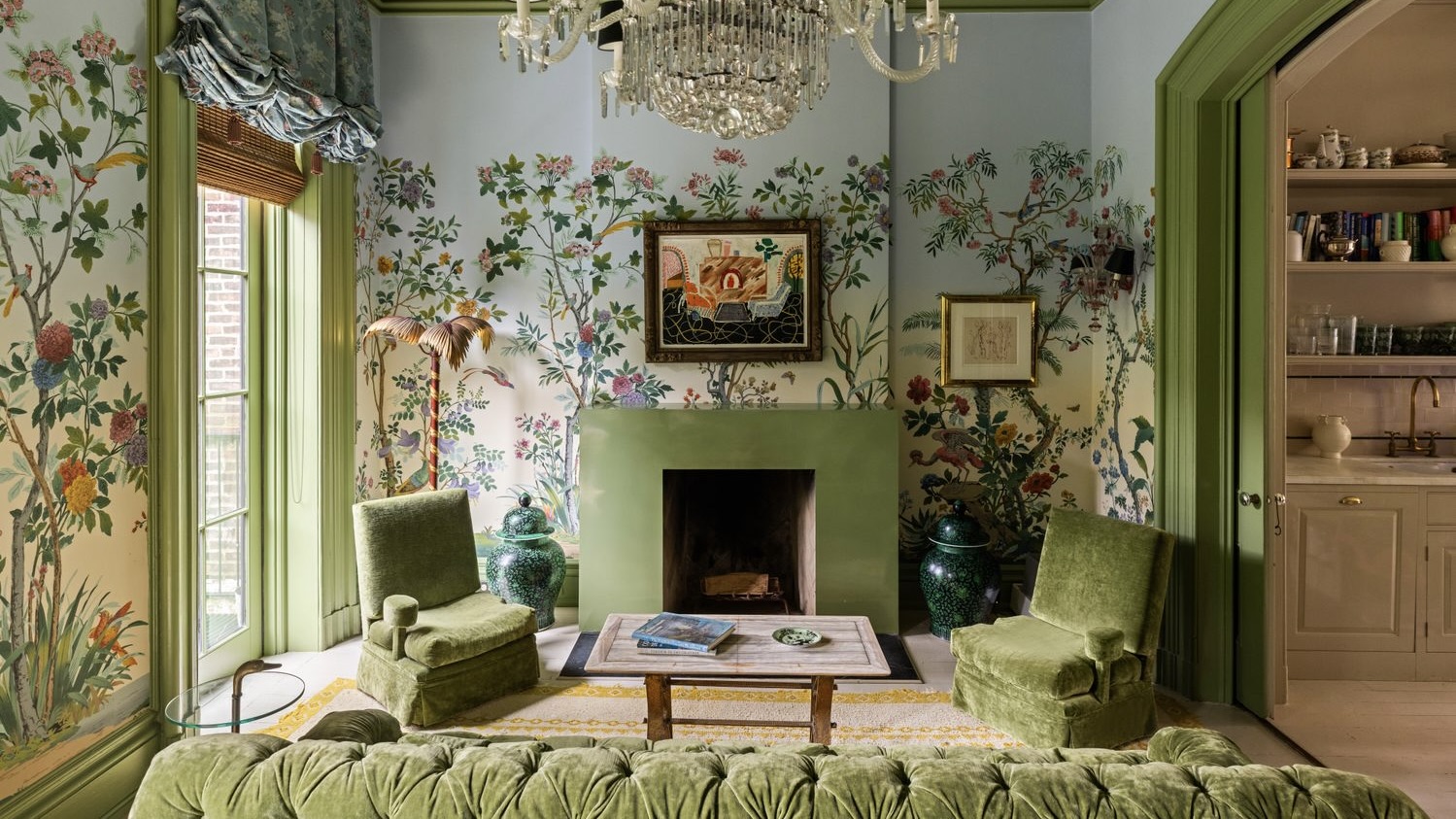 Inside Lily Allen and David Harbour's maximalist Brooklyn townhouse, now on the market for $8 million
Inside Lily Allen and David Harbour's maximalist Brooklyn townhouse, now on the market for $8 millionThe former couple have listed their Billy Cotton-renovated Carroll Gardens brownstone, which has been immortalised in Allen’s new album ‘West End Girl’